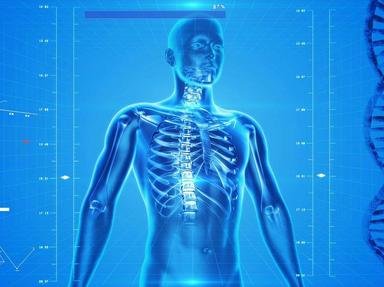Quiz Answer Key and Fun Facts
1. Transitional epithelium is a type of cell which changes shape based on the needs of the organ. Which organ is the only one listed which contains this type of cell lining?
2. Macrophages are multipurpose cells whose name means the "big eaters". What is the principal feature that distinguishes this cell from a monocyte?
3. What is the function of the turbinate bones in the nasopharynx?
4. The predominant protein in the plasma is the same as the clear stuff around a chicken egg yolk.
5. Which of the following is most predominant in body cells?
6. What part of the normal mechanism for hemostasis (stoppage of bleeding) is the first to be activated in case of bleeding?
7. What is surfactant?
8. Which broad, flat muscle fans out from the junction of the esophagus and the stomach?
9. There is a valve between the small intestine and the large intestine.
10. More cranial nerves are involved in this function than any other.
Source: Author
jstagamtome
This quiz was reviewed by FunTrivia editor
crisw before going online.
Any errors found in FunTrivia content are routinely corrected through our feedback system.

